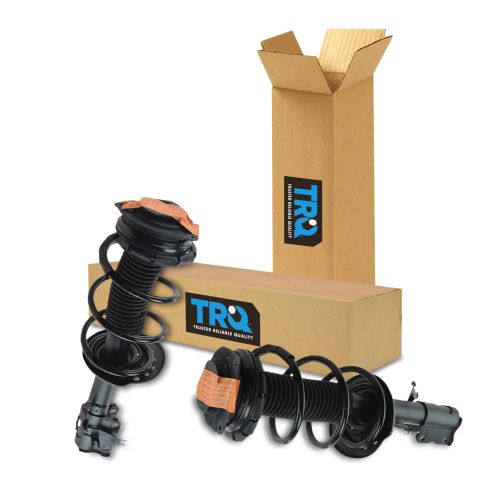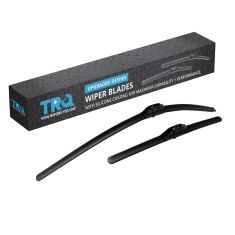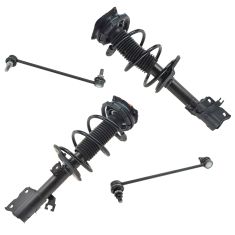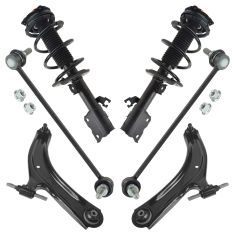1ASSP01049-Nissan Rogue Front Driver & Passenger Side 2 Piece Strut & Spring Assembly Set TRQ SCA57167



Replaces
2011 Nissan Rogue Front Driver & Passenger Side 2 Piece Strut & Spring Assembly Set TRQ SCA57167


Recommended for your 2011 Nissan Rogue
Product Reviews
Loading reviews
Customer Q&A
No questions have been asked about this item.
Nissan is a registered trademark of Nissan Motor Co., Ltd. 1A Auto is not affiliated with or sponsored by Nissan or Nissan Motor Co., Ltd.
See all trademarks.











